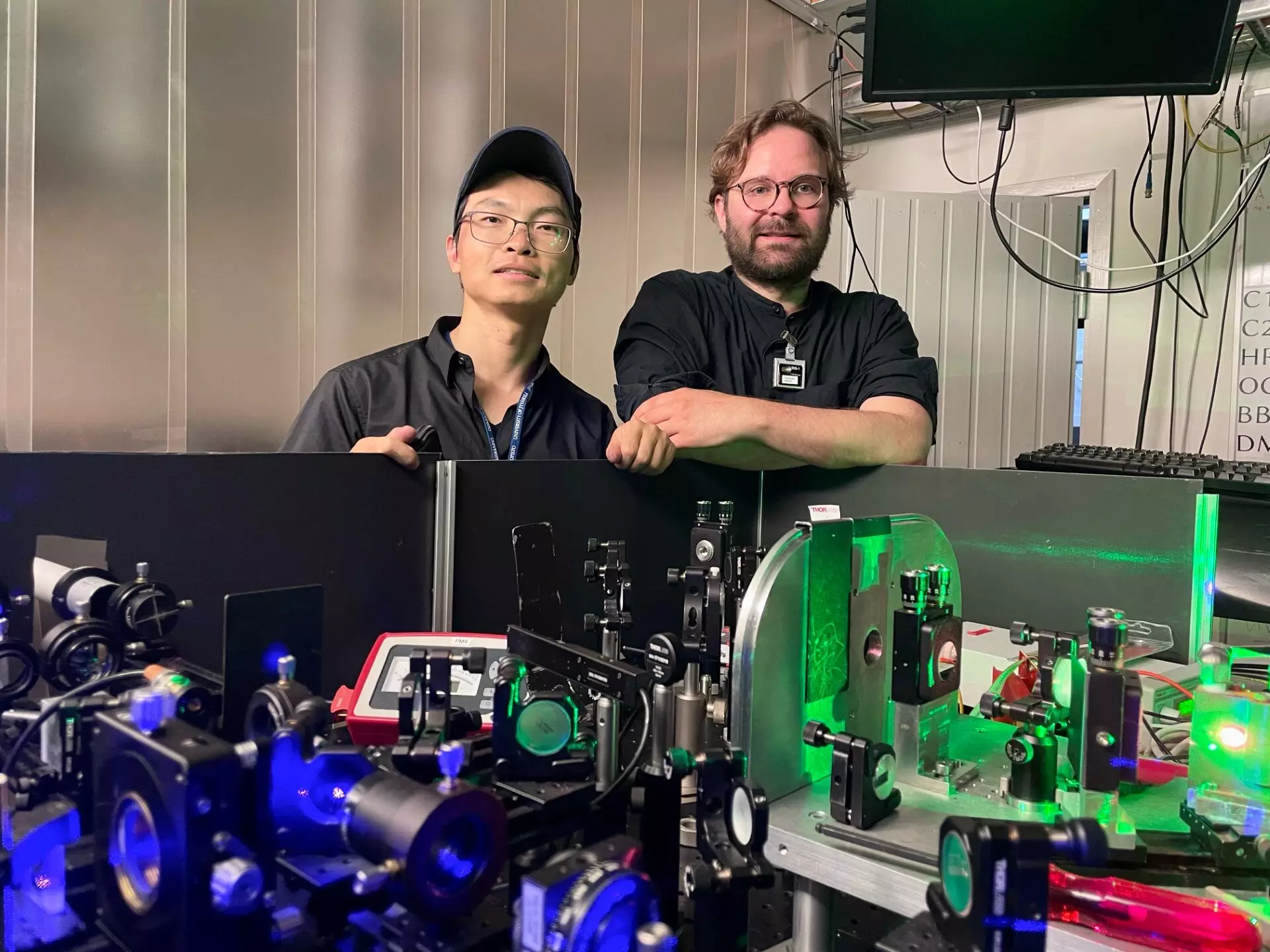Nuclear physics continues to unravel the complexities of atomic structure, particularly through the concept of magic numbers—specific numbers of nucleons (protons and neutrons) that result in more stable configurations of atomic nuclei. The research conducted by scientists at the University of Jyvaskyla in Finland offers novel insights into the magic neutron number 50, particularly in the context of silver isotopes. This area of study not only enhances our comprehension of nuclear forces but also fine-tunes theoretical models leveraged to understand atomic nuclei at their most fundamental levels.
The isotopes of silver, particularly those with neutron number 50, are pivotal in nuclear physics as they reside in a region rich in diverse nuclear phenomena. This specific area is located just below tin-100, which is recognized as the heaviest self-conjugate nucleus exhibiting doubly magic properties. Investigating the silver isotopes allows researchers to delve deep into critical nuclear properties such as binding energies, which are essential for understanding shell closure stability and the transitions of single-particle energies among these isotopes. The ramifications extend into assessments of proton-neutron interactions and the proximity to what’s termed the proton drip line.
The significance of binding energies cannot be overstated; they ensure the reliability of theoretical predictions which lie at the heart of nuclear physics. These detailed measurements enrich our understanding of astrophysical processes, such as rapid proton capture events, by providing benchmarks for theoretical assessments of nuclear behavior.
Utilizing Advanced Techniques in High-Precision Measurement
The research featured in Physical Review Letters employed cutting-edge techniques to enhance the precision of the measurements of silver isotopes. By integrating a hot-cavity catcher laser ion source with a Penning trap mass spectrometer, utilizing phase-imaging ion-cyclotron resonance (PI-ICR), the research team conducted unprecedented measurements of the magic N = 50 shell closure. This high sensitivity and accuracy enabled them to probe ground state masses related to the isotopes silver-95 to silver-97, even under conditions yielding minimal particle events.
The specifics of achieving precision measurements, such as probing the isomeric state of silver-96 with a precision of roughly 1 keV/c², highlight the sophisticated methodologies researchers are now employing. This level of detail marks an exciting advancement not only in accessing previously difficult-to-measure properties but also in validating theoretical frameworks employed within the nuclear physics community.
The findings spearheaded by the University of Jyvaskyla team’s exploration of the silver isotopes delve deeply into the stability and magic nature of the N = 50 shell closure. The refined mass values underscore the robustness of this shell structure, serving as a benchmark for contemporary nuclear models, including ab initio calculations, density functional theory, and the shell model itself. Their research presents potential challenges faced by theoretical frameworks, particularly in correlating the ground-state properties across the N = 50 neutron shell and towards the elusive proton drip line.
Moreover, the precise measurement of the excitation energy of the silver-96 isomer opens avenues for treating it as a distinct entity in astrophysical models, facilitating more accurate representations of its behavior in various astrophysical scenarios.
Future Directions and Scientific Capabilities
This remarkable study showcases not only the innovative methodologies employed for the first time at the IGISOL facility of the Accelerator Laboratory, but also sets a roadmap for future investigations focusing on ground-state properties in regions close to the N=Z line, specifically beneath tin-100. The ongoing exploration promises to enhance our understanding further, allowing for the calibration of theoretical nuclear models to the empirical data gathered through these high-precision measurements.
Staff scientist Mikael Reponen encapsulates the importance of this work by underscoring the contributions these measurements make toward refining our understanding of nuclear forces. As researchers continue to dissect these intricate relationships between neutrons and protons within atomic nuclei, the potential for groundbreaking discoveries in nuclear physics remains vast.
The exploration of silver isotopes and their unique properties, especially regarding the magic neutron number 50, not only enriches our theoretical frameworks but stems from innovative applications of scientific techniques. The continuous pursuit of knowledge in this field reflects a relentless endeavor to paint a clearer picture of the universe at its most fundamental level.


Leave a Reply